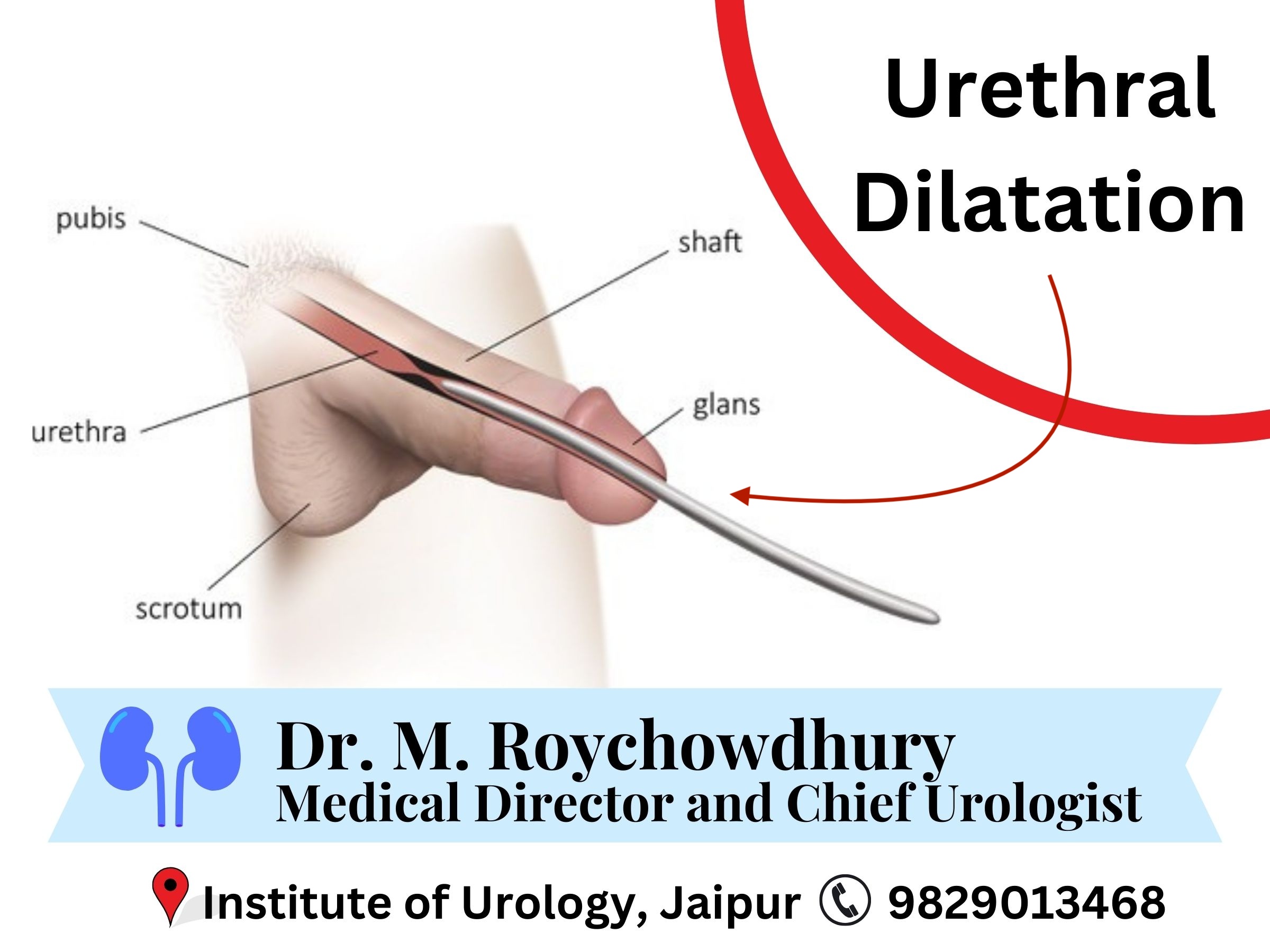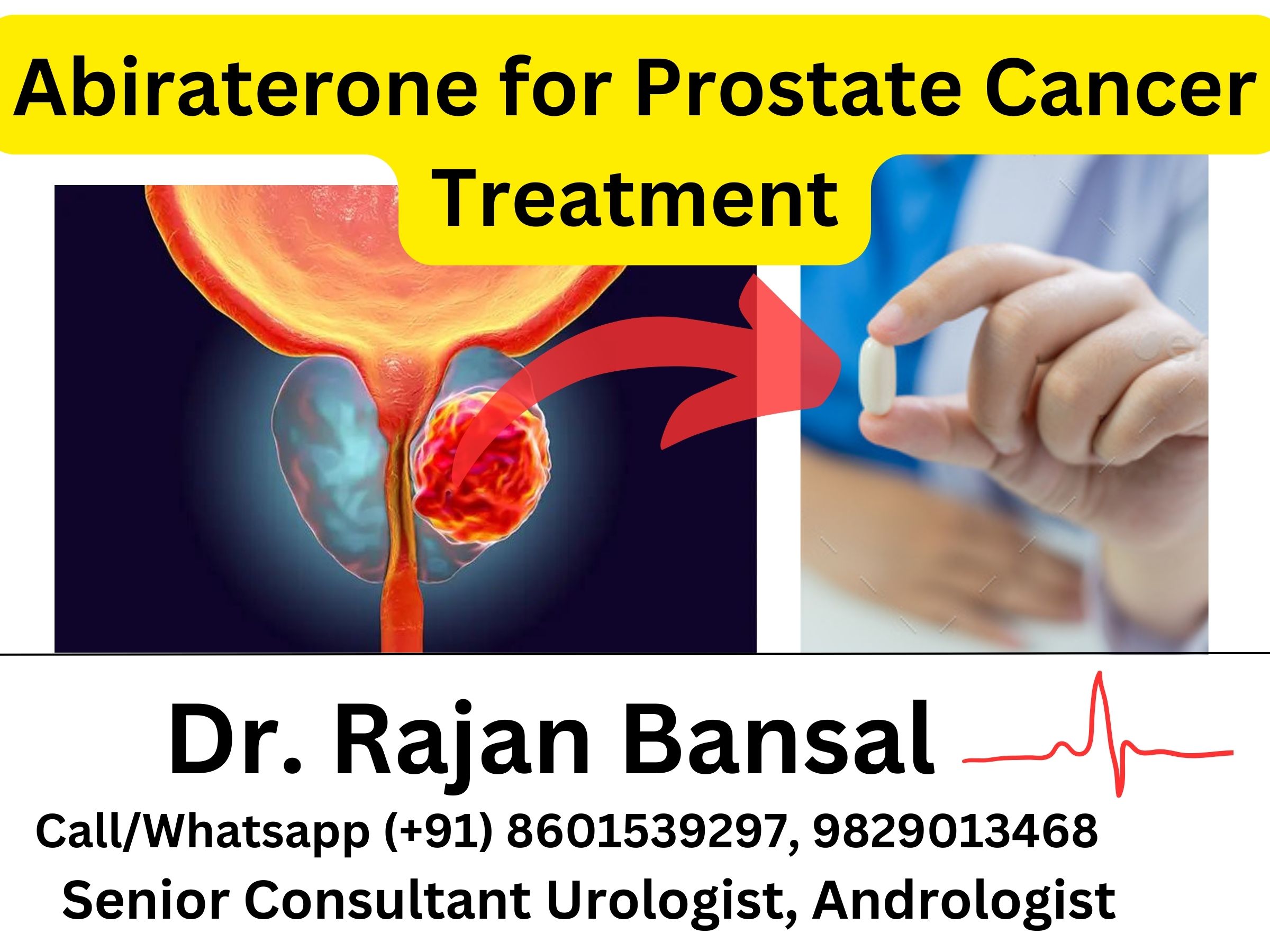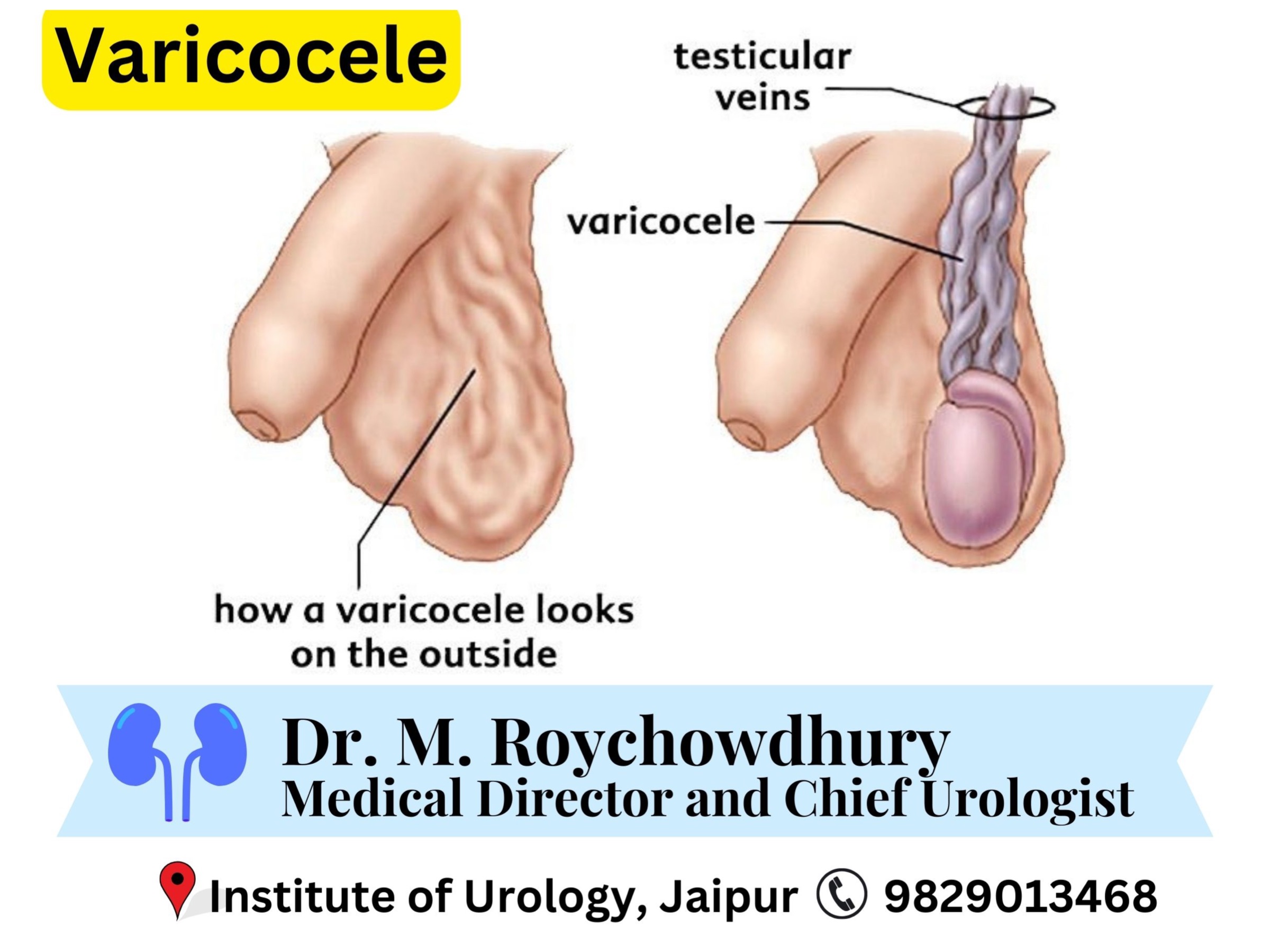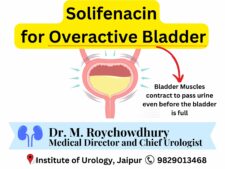Overview: Premature ejaculation is (PE) the most common male sexual dysfunction, with a prevalence rate of 30%, more than twice greater than erectile dysfunction (ED). PE, unlike ED (erectile dysfunction), affects men of all ages from 18 year old to the elderly. In contrast, ED occurs more commonly in older men. PE and ED will often coexist and PE often masquerades or is misdiagnosed as ED in many men, especially in the absence of a careful sexual history.
Main objective of this article are threefold:
- To discuss the global and regional prevalence of premature ejaculation (PE).
- To define the etiology of PE and the burdens created for both patient and partner.
- To provide tools for better diagnosis and a perspective on current clinical management of the condition.
Patient with PE should understand
- The prevalence of PE.
- Realize the impact on quality of life and the barriers that interfere with diagnosis and therapy.
- Be familiar with current and appropriate diagnostic tools.
- Identify appropriate management techniques.
Premature ejaculation, like ED, is a non-life threatening but often psychologically devastating medical condition having serious consequences on quality of life, adversely affecting intimate relationships and marital harmony. It can result in isolation, resentment, arguments, silent suffering and separation or divorce. Changing sexual mores, coupled with frank publicity about ED, has helped open channels of communication regarding PE.
The International Society for Sexual Medicine (ISSM) has adopted a completely new definition of PE which is the first evidence based definition. Premature ejaculation is a male sexual dysfunction characterized by ejaculation which always or nearly always occurs prior to or within about one minute of vaginal penetration; and inability to delay ejaculation on all or nearly all vaginal penetration; and negative personal consequences, such as distress, bother, frustration and/ or the avoidance of sexual intimacy.
Epidemiology of PE and QoL
Although ejaculatory disorders are among the least studied types of male sexual dysfunction, they have long been and remain a common complaint worldwide among men who consult healthcare professionals who treat sexual disorders. Multiple studies indicate that PE is the most common male sexual dysfunction. According to recent studies, 20 — 30% of the male population are affected by PE at any one time, and some experts believe that upto three out of four men experience PE sometime during their lives, although many or most may never raise the subject with their physician suggesting that PE is undoubtedly more common than current statistics would suggest.
Men with PE report that their disorder negatively affects their relationship, causes frustration, and reduces their enjoyment of sex. Also, men with PE feel that they let their partner down and have lost confidence in the sexual relationship because of experiencing PE. Despite these problems, only 12% of the men surveyed with self-reported PE had consulted a physician about the disorder. This finding strongly suggests that current estimate of approximately 30% may under state actual PE prevalence rates and that physicians should encourage their male patients to discuss PE if the conditions is to be uncovered and treated.
Classifications Premature ejaculation is classified as ‘lifelong’ (Primary) or ‘acquired’ (secondary). Lifelong PE is characterized by onset from the first sexual experience, remains so during life and ejaculation occurs too fast (before vaginal penetration or 1- 2 min after. Acquired PE is characterized by a gradual or sudden onset following normal ejaculation experiences before onset and time to ejaculation is short (Usually not as short as in lifelong PE).Risk Factors for PE Data from the National Health and Social Life Survey (NHSLS) indicate that certain health related and psychosocial factors are predictors of sexual dysfunction. The risk of PE is substantially higher in men who have poor to fair health, have emotional problems, or are under stress Men who experience a > 20% drop in household income are also at increased risk. Screening for sexual dysfunction in patients with risk factors for the condition may be vital, especially in the primary care setting where discussion or recognition of sexual concerns may ordinarily be overlooked.
Diagnosis of PE Diagnosis of PE is based on the patient’s medical and sexual history. History should classify PE as lifelong or acquired and determine whether PE is situational (under specific circumstances or with a specific partner) or consistent. Special attention should be given to the duration time of ejaculation, degree of sexual stimulus, impact on sexual activity and quality of life, and drug use or abuse. It is also important to distinguish PE from ED. Many patients with ED develop secondary PE caused by the anxiety associated with difficulty in attaining and maintaining an erection. Furthermore, some patients are not aware that loss of erection after ejaculation is normal and may erroneously complain of ED, while the actual problem is PE.
STEPS IN DIANOSING PE
Intravaginal ejaculatory latency time (IELT): In everyday clinical practice, self-estimated IELT is sufficient. Self-estimated and stopwatch measured IELT are interchangeable and correctly assign PE status with 80% sensitivity and 80% specificity.
Physical examination and investigations: Physical examination is part of the initial assessment of men with PE. It includes a brief examination of the vascular, endocrine and neurological system to identify underlying medical conditions associated with PE or other sexual dysfunctions, such as chronic illness, endocrinopathy, autonomic neuropathy, Peyronie’s disease, urethritis or prostatitis. Laboratory or physiological testing should be directed by specific findings from history or physical examination and is not routinely
Treatment: In many relationships, PE causes few if any problems. In such cases, treatment should be limited to psychosexual counselling. Before beginning treatment, it is essential to discuss patient expectations thoroughly. Erectile dysfunction in particular, or other sexual dysfunction or genitourinary infection (e. g. prostatitis), should be treated first or at the same time as PE. Various behavioral techniques have demonstrated benefit in treating PE and are indicated for patients uncomfortable with pharmacological therapy. In lifelong PE, behavioral technique are not recommended for first line treatment. They are time intensive, require the support of a partner and can be difficult to do. In addition, long term outcomes of behavioral techniques for PE are unknown.
(I) Psychological/ behavioural strategies: Behavioural strategies mainly include the (A) ‘stop — start’ and programme (B) ‘squeeze’ technique.
The ‘squeeze’ technique is similar but the partner applies manual pressure to the glans just before ejaculation until the patient loses his urge.In the ‘stop — start’ programme, the partner stimulates the penis until the patient feels the urge to ejaculate. At this point, he instructs his partner to stop, waits for the sensation to pass and then stimulation is resumed.
Masturbation before anticipation of sexual intercourse is a technique used by many younger men. Following masturbation, the penis is desensitized resulting in greater ejaculatory delay after the refractory period is over. In a different approach, the men learn to recognize sign of increased sexual arousal and how to keep his level of sexual excitement below the intensity that elicits the ejaculatory reflex. Efficacy is similar to the ‘start — stop’ programme. Overall, success rates of 50 —60% have been reported short term. However, there is no controlled research to support the efficacy of behavioural techniques. Furthermore, clinical experience suggests that improvements achieved with these techniques are generally not maintained long term.
(II) Topical anesthetic agents: A) The use of local anesthetics to delay ejaculation is the oldest from pharmacological therapy for PE. Several trials support the hypothesis that topical desensitizing agents reduce the sensitivity of the glans penis so delaying ejaculatory latency, but without adversely affecting the sensation of ejaculation.
B) SS — Cream is a topical anesthetic agent made from the extracts of nine herbs. It is applied to the glans penis 1 hour before & washed off immediately prior to coitus. SS — cream increased the vibratory threshold in a dose dependent fashion. No adverse effects on sexual function or partner or systemic side effects were observed.
(III) Selective serotonin reuptake inhibitors: Commonly used SSRIs include citalopram, fluoxetine, fluvoxamine, paroxetine and sertraline, all of which have a similar pharmacological mechanism of action. Ejaculation delay may start a few days after drug intake, but it is more evident after 1 to 2 weeks since receptor desensitization requires time to occur. While efficacy may be maintained for several years, tachyphylaxis (decreasing response to a drug following chronic administration) may occur after 6 to 12 months. Common side effects of SSRIs include fatigue, drowsiness, yawning, nausea, vomiting, dry mouth, diarrhea and perspiration; they are usually mild and gradually improved after 2 to 3 weeks. Decreased libido, anorgasmia, anejaculation and ED have been also reorted. Dapoxetine is a potent SRRI, which has been designed as an on demand oral treatment for PE. It is quickly absorbed with a Tmax of 1.5 h and is rapidly cleared, avoiding accumulation. Dapoxetine has been approved (December 2008) for the on-demand treatment of PE in seven European countries (Sweden, Austria, Finland, Germany, Spain, Italy and Portugal). This is currently the first and only drug approved for such an indication.







